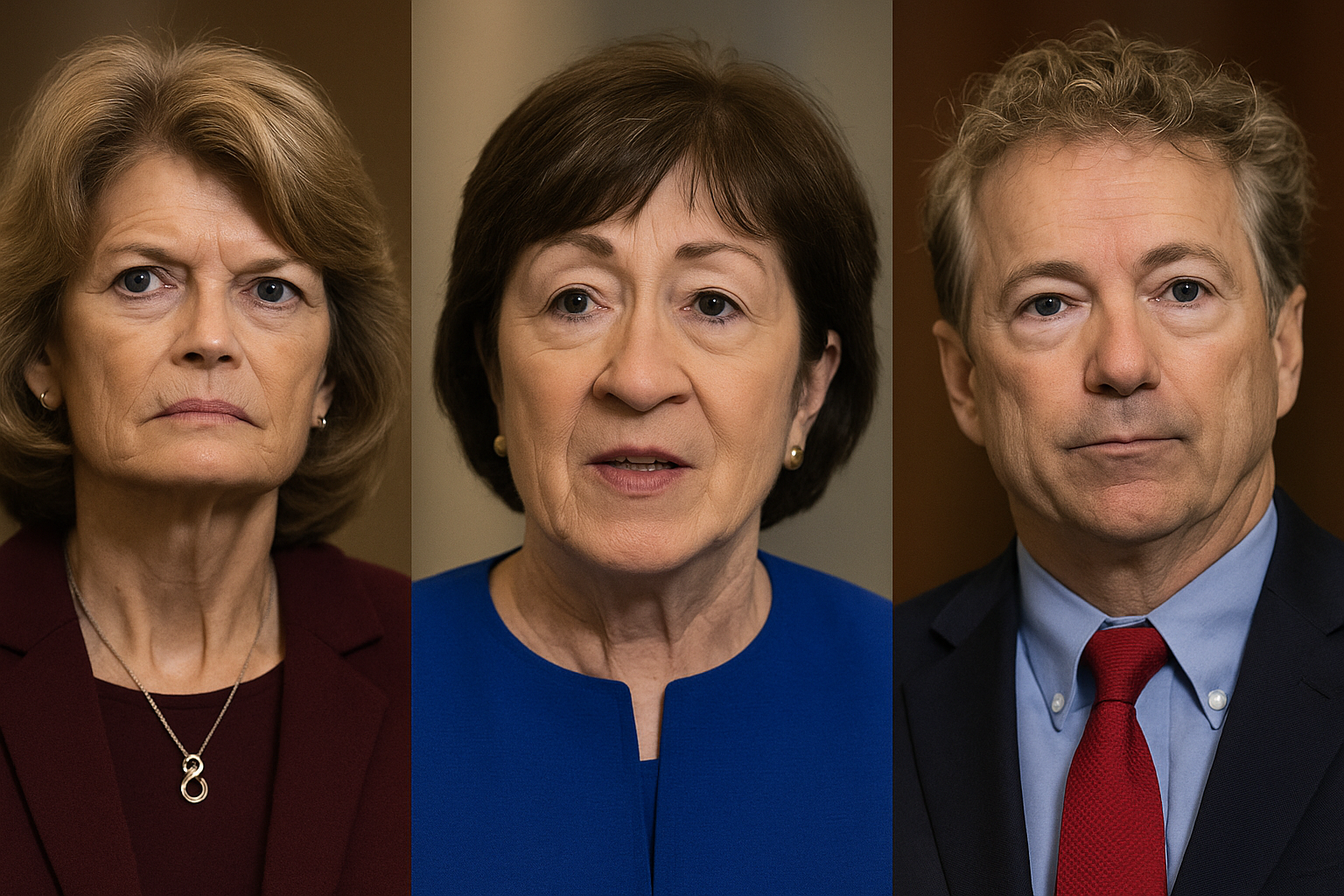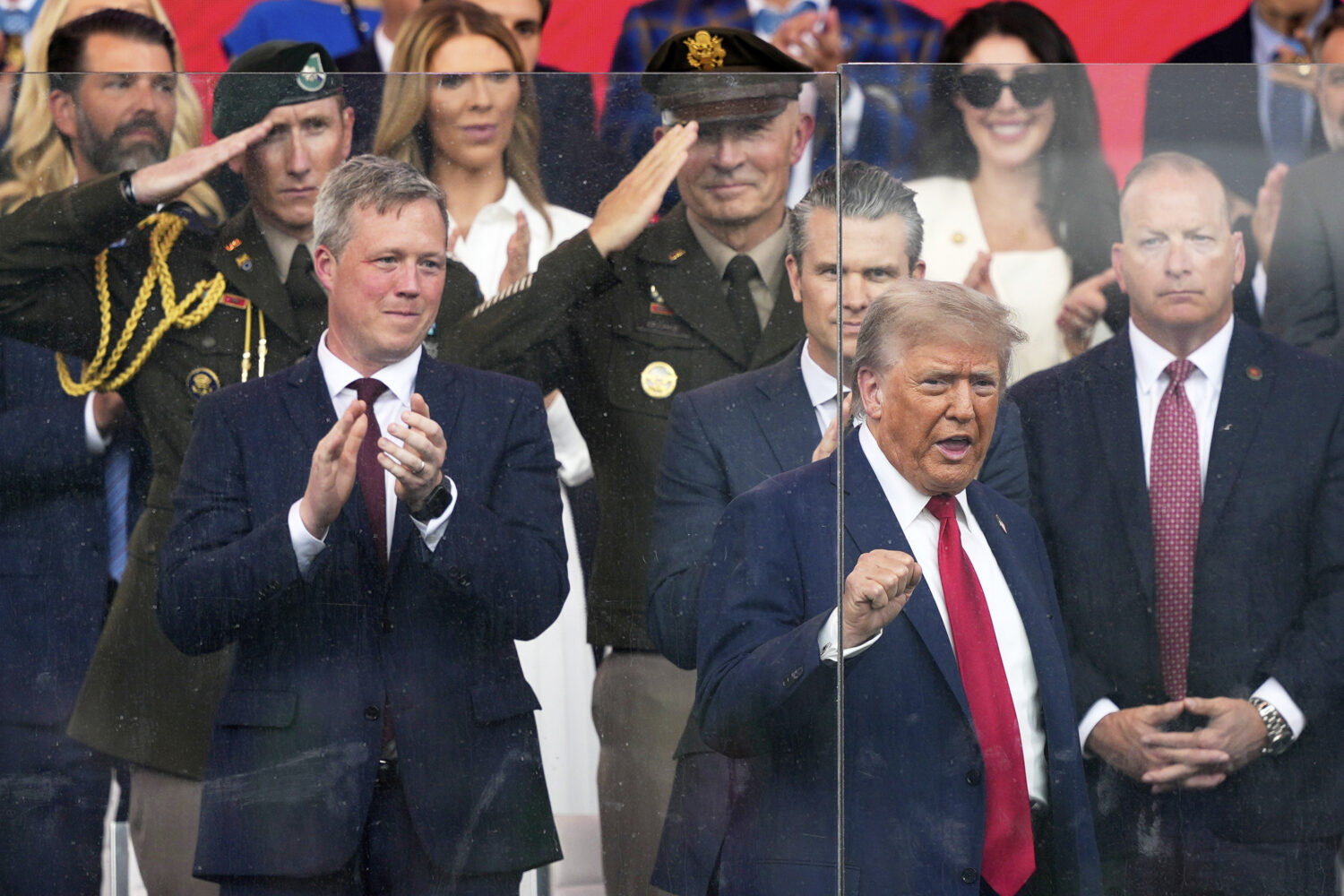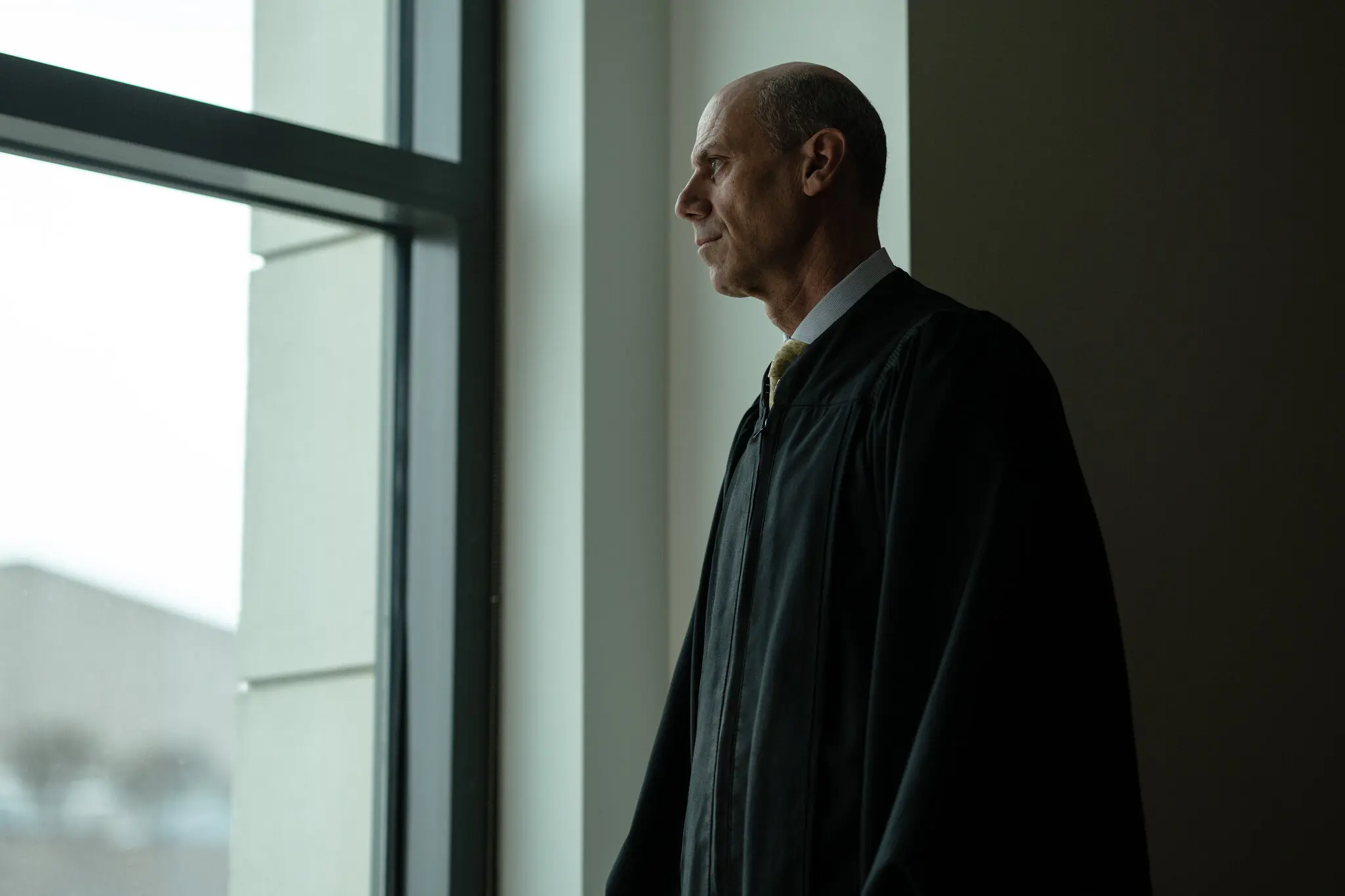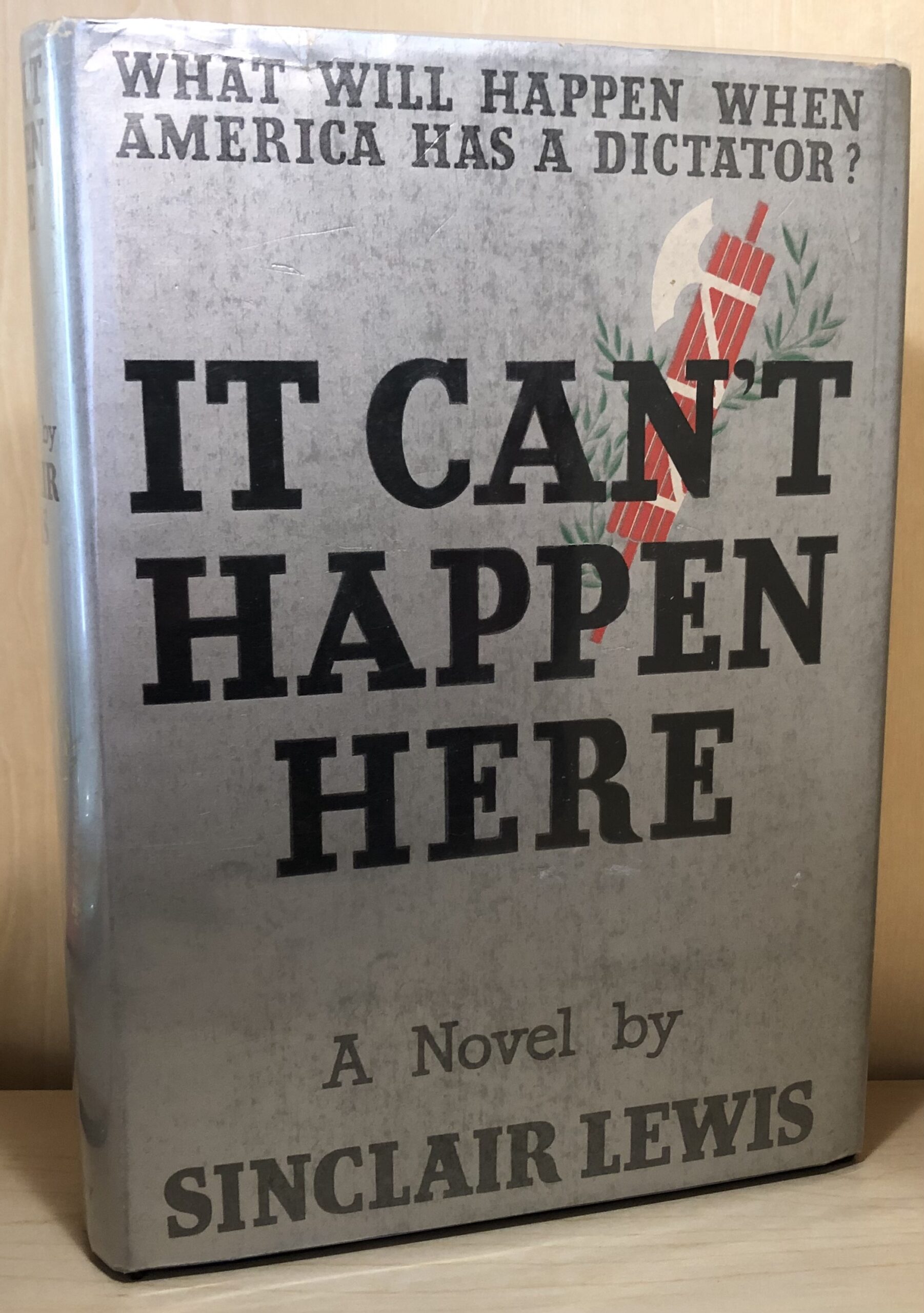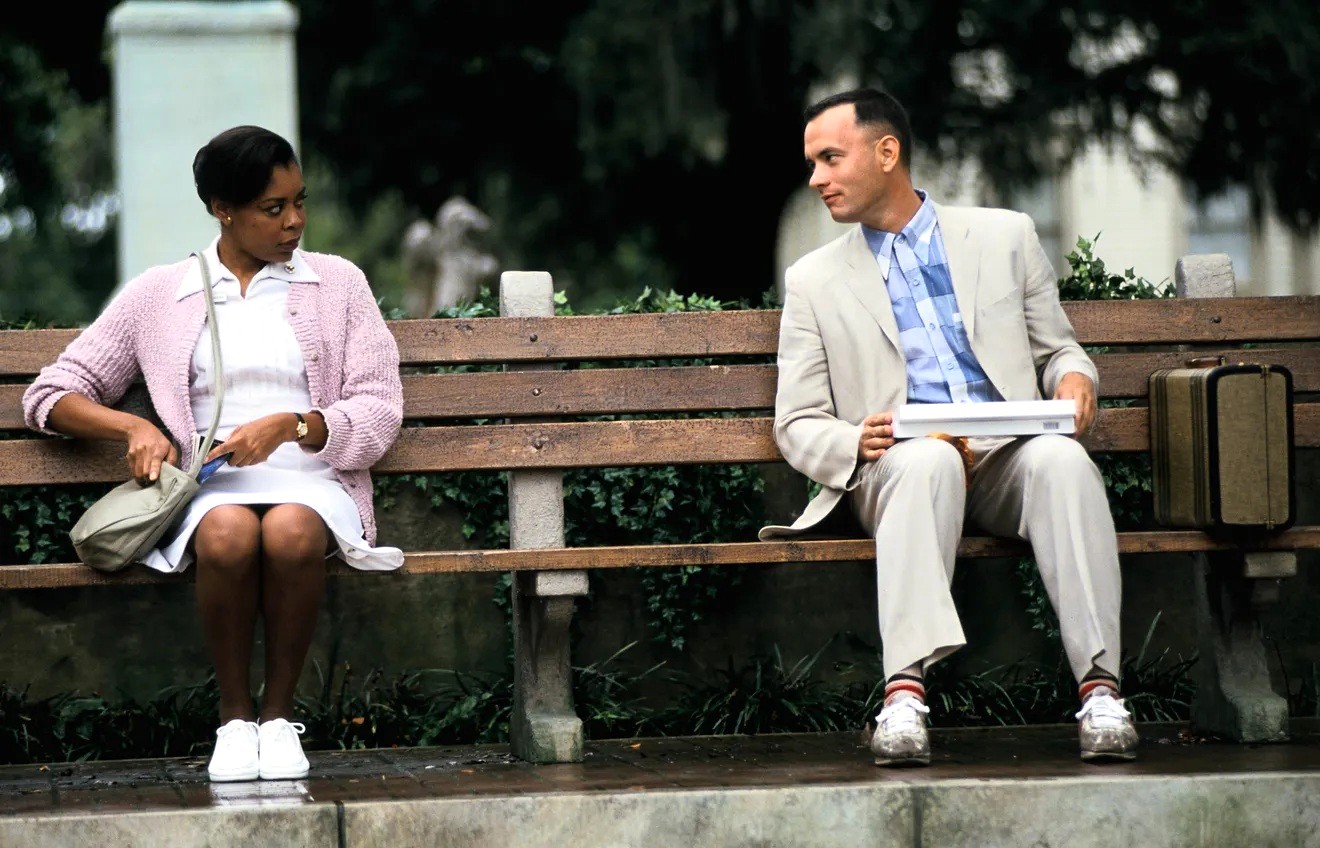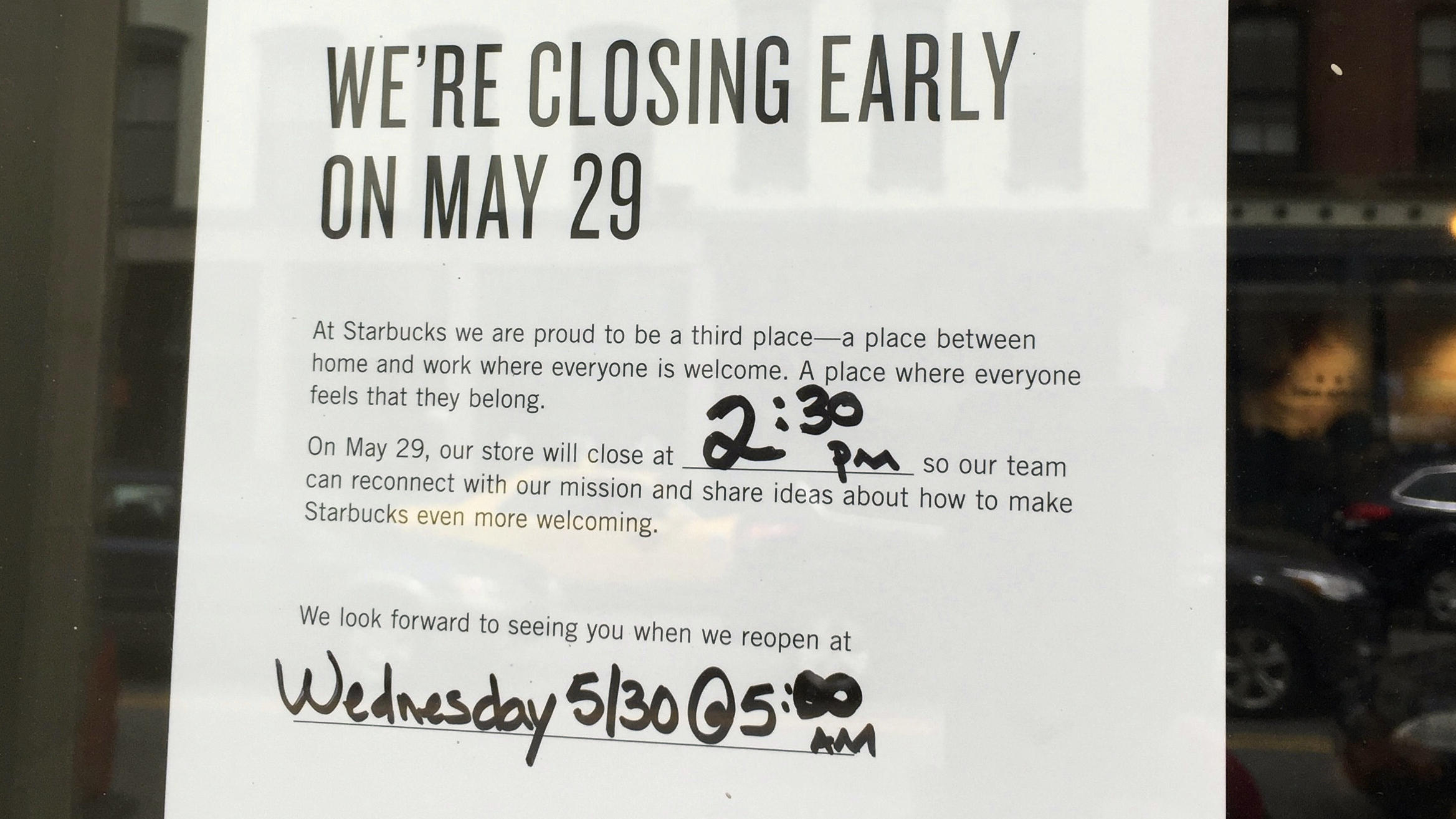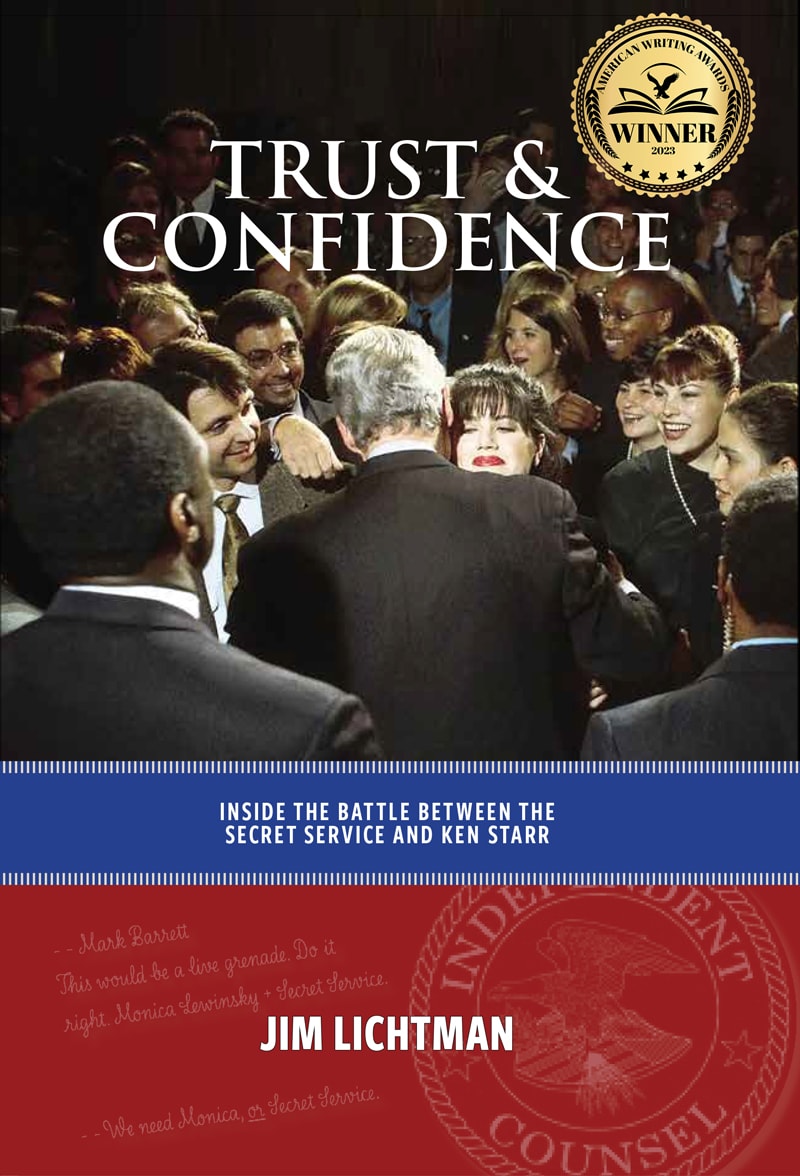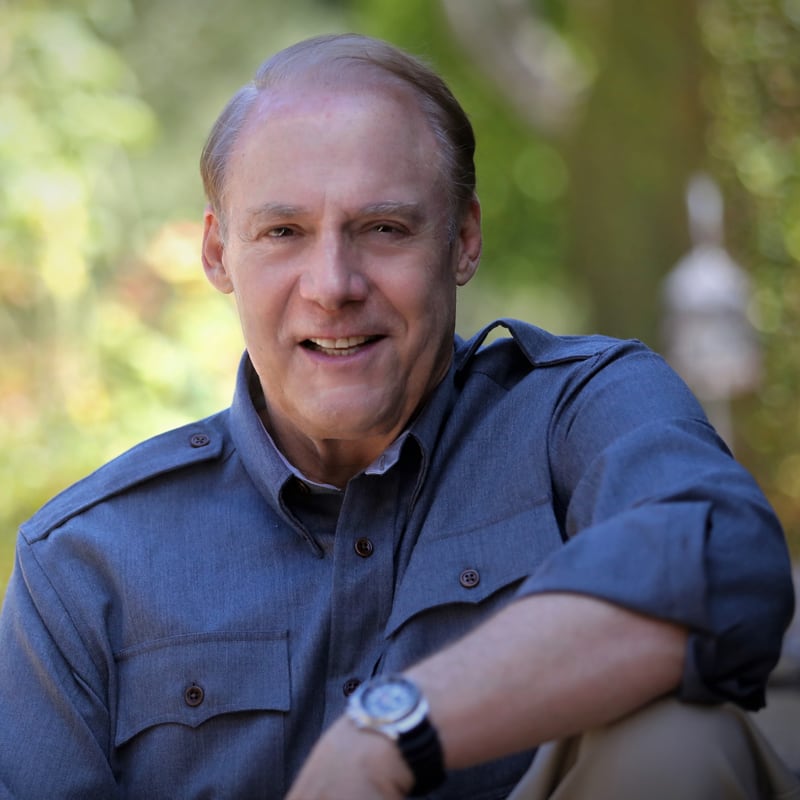On the same day the media was covering the fallout from Roseanne Barr’s racist tweet, something on a different but related track was taking place at 8,000 Starbucks stores across the country.
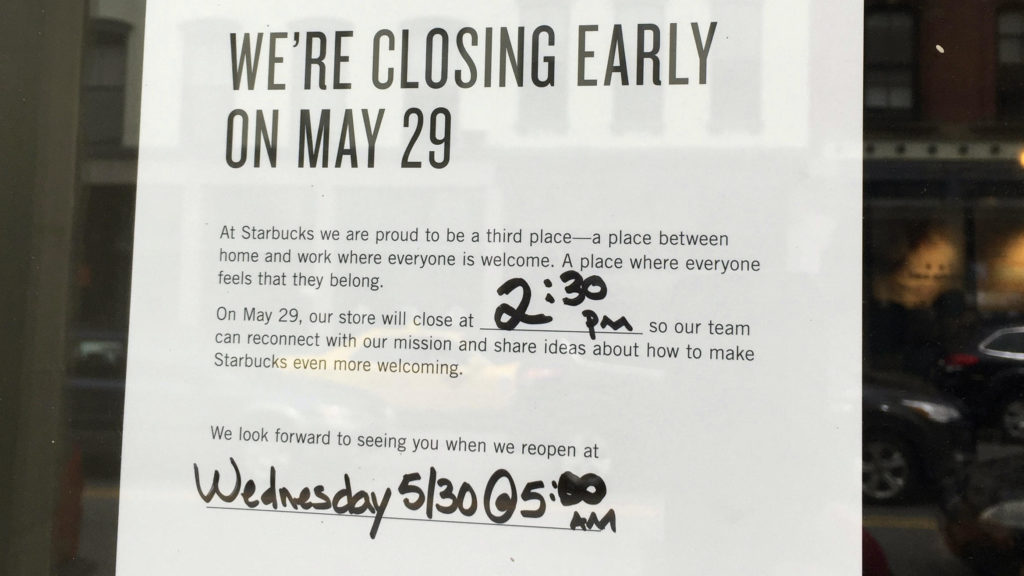
Last month, two black men, waiting for a meeting with a third, were arrested at a Philadelphia Starbucks. The two men had asked to use the restroom but had not bought anything and an employee refused their request. A short while later, they were asked to leave. When they refused, the manager called the police. Andrew Yaffe, the third man for the meeting, showed up and attempted to talk police out of arresting the two men to no avail.
The whole incident was caught on a cell-phone video, and quickly spread throughout the Internet and media organizations.
While the two men were later released due to a lack of evidence of any crime, Starbucks found itself in the middle of a bias issue that quickly picked up steam when #boycottstarbucks appeared attached to the video.
After making a public apology, Starbucks immediately jumped into action.
“I know our store managers and partners work hard to exceed our customers’ expectations every day — which makes this very poor reflection on our company all the more painful,” Starbucks Chief Executive Kevin Johnson said in a statement. “You can and should expect more from us,” he added. “We will learn from this and be better.”
Last Tuesday, Starbucks closed for 4 hours to conduct anti-bias training of all its more than 200,000 employees and managers at all of its stores.
“Changing human behavior is always a difficult challenge,” says Prudy Gourguechon writing for Forbes magazine (May 29). “Changing behavior driven by racial bias is further complicated by the fact that most bias about race, gender, ethnicity and any kind of “otherness” is unconscious. The term unconscious bias refers to prejudiced and discriminatory attitudes that are outside of our awareness but nevertheless affect our judgments and decisions—often with a rapid automaticity. Evidence shows that few of us are free from these unconscious biases.
“What are the chances that Starbucks’ day of racial bias training will have a lasting impact?” she asks.
Wyle Baoween is CEO of HRx, a Canadian-based firm that provides training, and consulting on diversity and inclusion in the workplace.
“[Baoween] emphasized that a day of training that acquaints a team with the concept of unconscious bias and its pernicious effects is a good beginning. But it won’t make any difference without meaningful ongoing follow-up. He feels that Starbucks’ leadership has done a good job of indicating the day of anti-bias training is just the start of a long process.”
He then laid out five points companies should follow:
CEO Commitment –
“CEOs have to demonstrate their commitment on an ongoing basis, reinforcing it in multiple communications to employees and concrete changes in company practices. …
Listen to Representatives of Minority Groups –
“Leaders need trusted advisors from minority groups to turn to for advice. For policies affecting women, a male CEO needs to seek and trust the input of a female advisor.
Engineer Solutions –
“Policies and procedures should be designed to reduce the potential for unconscious bias to operate. … He and his company look for ways to engineer human interactions so that the negative impact of unconscious bias—which can never be fully eliminated from an individual— is minimized or eliminated from company practices. His team also provides anxious managers with scripts to use in situations they’re bound to find new and awkward.
“ ‘So that’s our message. Don’t worry too much about your unconscious bias. Try to be aware of it. Try to address it. Try to use the tools. But we promise you that we will change the processes to make them less biased.’
Segmented Follow-up –
“A comprehensive anti-bias/diversity and inclusion program has to address the wide range of human interactions and functional processes within a company. Leadership development practices, pay, recruitment, promotion, leave policies, vendor selection — all need to be looked at and re-engineered to reduce the potential for unconscious bias to have an impact.
Diversify and Include –
“Baoween points out that a company with an all-white male board, all-white male senior management and predominantly white male middle management is going to have a difficult time accomplishing needed changes. The more diversified a company becomes, Baoween explains, the less likely it is to make missteps. And the less anxious senior management will be about the changed environment.”
Whether Starbucks grand experiment in anti-bias will work remains to be seen. Nothing happens overnight. And, as they like to point out in 12-Step programs, we aim for “progress not perfection.”
Comments


